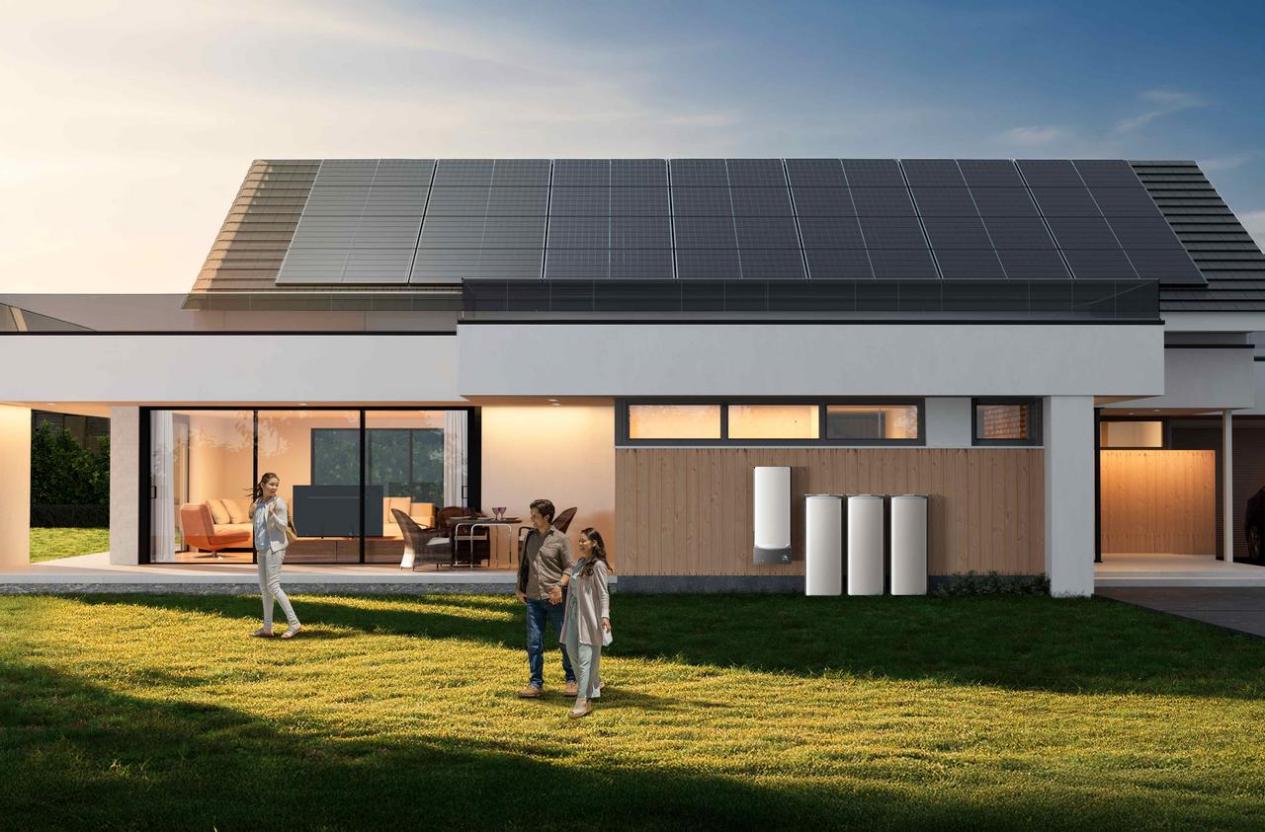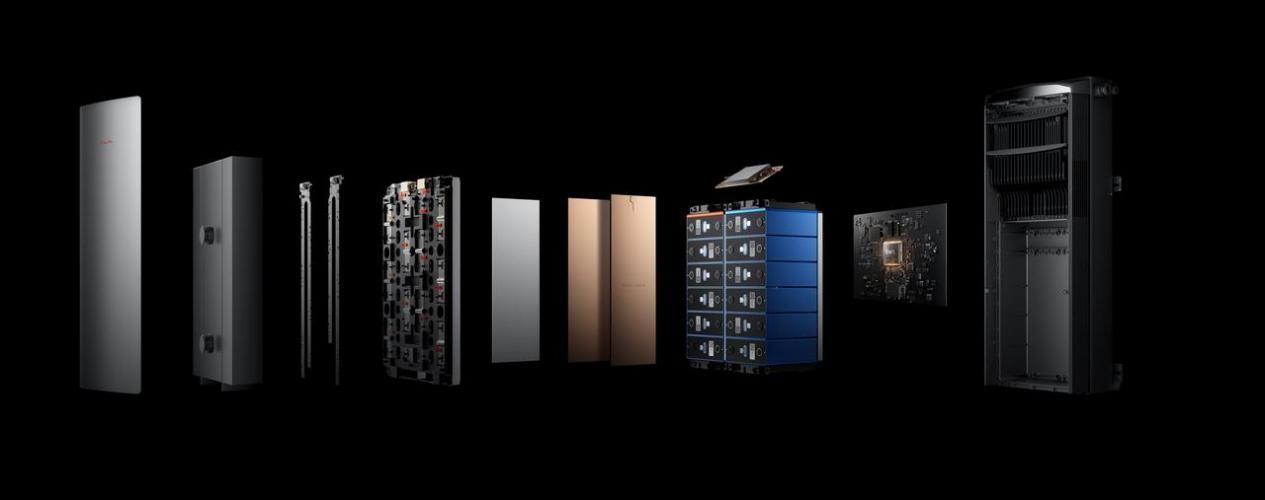Smarter Pool Power: Using Pool Solar Panels and Batteries to Cut Costs and Keep Swimming Longer
- Why Pair Pool Solar Panels With Battery Storage?
- Which Pool Solar Systems Work for Solar Power Heating for Swimming Pools?
- How Many Pool Solar Panels Do You Need and What Battery Size Fits?
- How Do Pool Solar Systems Cut Bills Under TOU and Net Billing?
- Where Should Pool Solar Panels Go and How Do You Wire Safely?
- How to Operate Solar Power Heating for Swimming Pools Daily
- Start Your Pool Solar and Battery Plan
- Top 5 FAQs on Pool Solar Systems with Battery Storage
A pool should feel simple to run. With pool solar panels and a right-sized battery, large homes can lower bills, hold a steady temperature, and keep water moving during short grid events. The plan below speaks to owners who care about sizing accuracy, time-of-use control, and safe wiring that stands up to US codes.
Why Pair Pool Solar Panels With Battery Storage?
Pool solar panels create the most value when energy flows into your own loads. Storage then carries that energy into the evening, so the pump and the heat pump work during cheaper hours. The result is a calmer bill and a pool that stays filtered even if the grid blinks.
- Use pool solar panels to raise midday self-consumption, instead of exporting at low credits.
- Store excess and run filtration and solar power heating for swimming pools after sunset.
- Keep circulation online during brief outages by reserving capacity for pool circuits.
Which Pool Solar Systems Work for Solar Power Heating for Swimming Pools?
Every site is different, so match the approach to goals, climate, and roof space. Pool solar systems fall into three practical paths.
Thermal collectors. Low cost per unit of heat, strong in warm or sunny regions. Plan for roof area, plumbing runs, and freeze protection where needed. Pool solar panels for electricity can still serve the home if you add PV.
PV plus heat pump plus storage. Flexible in mixed weather and for evening swims. PV serves the house by day, the battery shifts energy into the night, and the heat pump uses electricity with high efficiency. Pool solar panels in this setup feed the whole property, not only the pool load.
Hybrid approach. Thermal collectors lift daytime temperatures, while PV and storage handle shoulder months, cloudy afternoons, and night swims. Many owners prefer this balance of comfort and capital.
In short, thermal favors the lowest heat cost. PV plus storage favors schedule control. Both rely on pool solar panels as the long-term anchor.


How Many Pool Solar Panels Do You Need and What Battery Size Fits?
Sizing from the load backward keeps costs honest. Large homes often run high-horsepower pumps and sizable heat pumps. A clear worksheet avoids guessing and turns pool solar panels into dependable daily fuel.
Input To Collect | Why It Matters |
Pump power and daily runtime | Sets daily kWh for circulation and filtration |
Target water temperature and season length | Defines heat demand across months |
Heat pump COP at typical ambient | Converts temperature goals into kWh |
Site sun hours and shading by month | Maps panel output to the pool calendar |
Roof faces and available square footage | Guides stringing and MPPT allocation |
Now link the pieces into a quick sizing flow:
Load baseline. Log pump kWh per day from a smart meter or utility portal. Shift to variable-speed control with long low-RPM windows, then trim any high-RPM spikes. This reduces required battery hours.
Panel count. Use your local effective sun hours, then apply a standard system-loss allowance to translate daily kWh into PV size. In practice, many homes end up with a small, single-digit number of ~400 W panels in high-sun regions, and a few more in average-sun regions.
Battery capacity. Cover the evening filtration window first. Many pools benefit from 4 to 8 hours of pump runtime from storage. Add capacity if shoulder-season heating after sunset is important.
Array layout. If the roof has multiple faces, split strings by orientation. This limits mismatch and keeps pool solar panels producing across the full arc of the day.
How Do Pool Solar Systems Cut Bills Under TOU and Net Billing?
Time-of-use rates reward planning, and pool solar systems shine with a clean daily routine. Charge when the sun is high, run the pool outside peak, and keep key circuits alive during short interruptions.
Midday to battery. Let pool solar panels fill storage during the high-sun window.
Peak control. Move filtration and heating into off-peak hours. Limit non-critical loads during peak, so pool equipment takes priority.
Outage logic. Assign high priority to the pump and the controller so filtration and basic heating continue through brief events.
For a single, integrated setup, pair an EcoFlow OCEAN Pro with an EcoFlow OCEAN Smart Electrical Panel 40 to charge from midday PV, run the pool pump and the heat pump off-peak, and keep priority pool circuits alive during outages. The battery delivers 24 kW continuous output, accepts up to 40 kW of PV across 8 MPPT inputs, and scales from 10 kWh to 80 kWh for large properties. The smart panel manages up to 40 circuits, transfers in under 10 ms, carries outdoor-ready NEMA 3R construction, and supports generator input and cold-start behavior for resilient pool operation.
This routine turns pool solar systems into a bill strategy that fits real life at home.
Where Should Pool Solar Panels Go and How Do You Wire Safely?
Good siting and clean wiring protect people and savings. Pool areas sit under strict code, so plan placement and permits together. Use this quick site checklist, then work with a licensed electrician.
Placement. Favor unshaded roof planes with proper setbacks, secure attachments, and good airflow. In coastal regions, pick hardware that resists salt air. Ground arrays near the equipment pad help if the roof space is tight.
Wiring and code. Keep pool equipment on dedicated circuits with clear labels. Bond and protect per US requirements in and around water. For compliance, follow NEC 680 for pools and water features, include GFCI where required, and complete permits and inspections in sequence. These steps help pool solar panels deliver consistent output while every device runs on safe circuits.


How to Operate Solar Power Heating for Swimming Pools Daily
Daily habits compound savings. A steady routine keeps comfort high and energy use in check.
- Hold the heat. A well-fitted cover reduces night losses and shortens morning warmup, so pool solar panels can focus on the next day’s energy rather than chasing lost heat.
- Tune the schedule. Extend low-RPM filtration and move heavy cleaning into off-peak windows. In cooler months, pre-heat from late afternoon into early evening to align with planned discharge.
- Watch the numbers. Track kWh, runtimes, and pool temperature weekly. If the evening setpoint drifts, lower the target by one degree and observe storage depth for a week. Run a monthly review when the season shifts, then adjust hours, setpoints, and the split between daytime charging and evening use. With this cadence, pool solar panels stay aligned with weather and habit changes.
Start Your Pool Solar and Battery Plan
Start with a short audit of pump power, daily hours, target temperature, season length, and roof space. Size pool solar panels using the quick ratio above, then set the first battery target around the evening window you actually use. Ask your installer to model local time-of-use and net-billing rules, compare a few circuit-priority plans, and run a simple cash-flow sensitivity so you see how the plan behaves across sunny and cloudy weeks. A design that puts pool solar panels to work every bright day, and a battery that carries the evening, will keep the backyard open longer while keeping bills steady.
Top 5 FAQs on Pool Solar Systems with Battery Storage
Q1. Can I utilize a solar system with a battery for my existing pool automation?
Typically not. Leave pump speed and valve positions on the pool controller alone and allow the smart panel to determine when to activate. Utilize dry-contact triggers or have distinct time intervals rather than establishing speeds. Avoid having low-voltage RS-485 cables in contact with power cables. Provide your installer with nameplates on the equipment and schematic diagrams promptly.
Q2. How do I select the correct breaker and wire sizes for pool equipment when adding storage?
Copy the nameplates of the heat pump and (FLA/MOCP or MCA). The electrician you hire will require those numbers and the code rules for motors and pool territory to determine which breakers and wires to employ. You will require special GFCI protection for the pump and clear, separately marked circuits for heaters, lighting, and automation loads.
Q3. What do I do for winter in cold locations?
Either shut down completely or operate in freeze protection mode. In the case of a shutdown, disconnect and drain the solar thermal loops and maintain PV powered per electrical regulations. In the case of operation in freeze protection, charge a small battery overnight and energize low-RPM circulation at expected levels. Record valve positions and restart procedures.
Q4. How do I check ROI prior to purchasing?
Export data for 15-minute utility intervals for a minimum of one season. Model solar electricity output for your areas of roof using a trusted tool, and then overlay time-of-use rates and your selected heating or filtration routine. Try out various variables: evening temperature setting, pool cover utilization, and shoulder-season runtime. Ask the installer for a cash-flow summary.
Q5. Should pool solar be protected against lightning or power surges?
Yes, for the most part. Install Type 2 surge protection devices on the main service or smart panel, PV combiner or inverter inputs, and the pool subpanel. Verify the bonding and grounding in the pool area and make plans to check annually for loose connections, rust, and leaks.